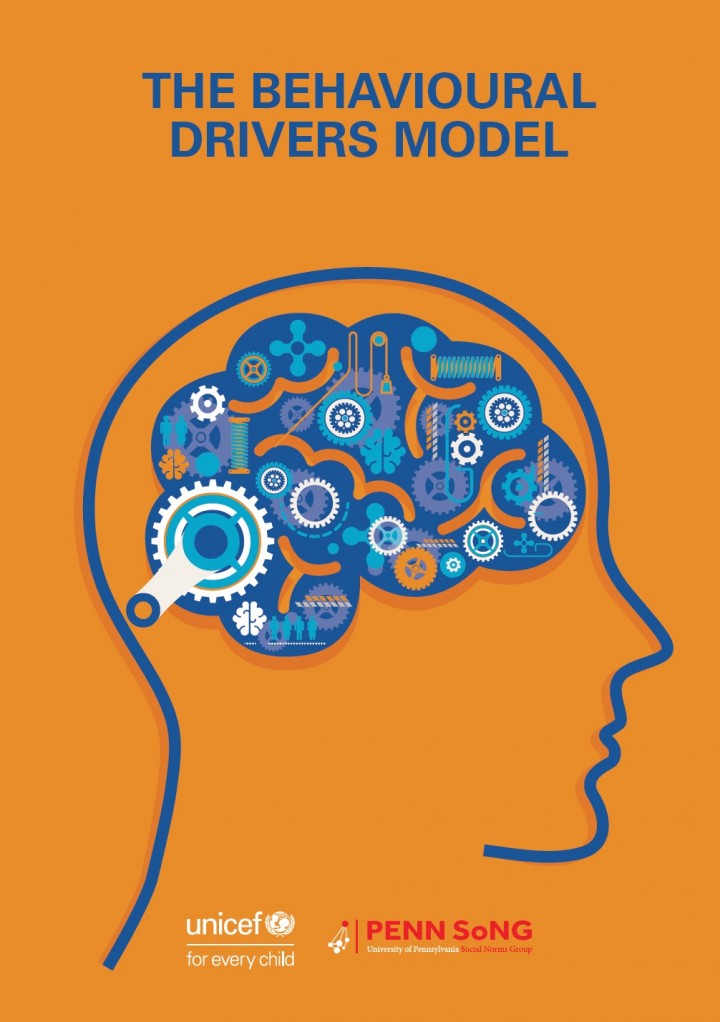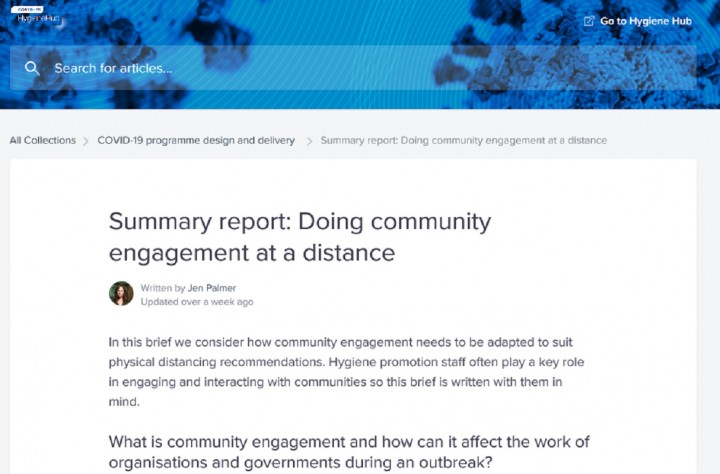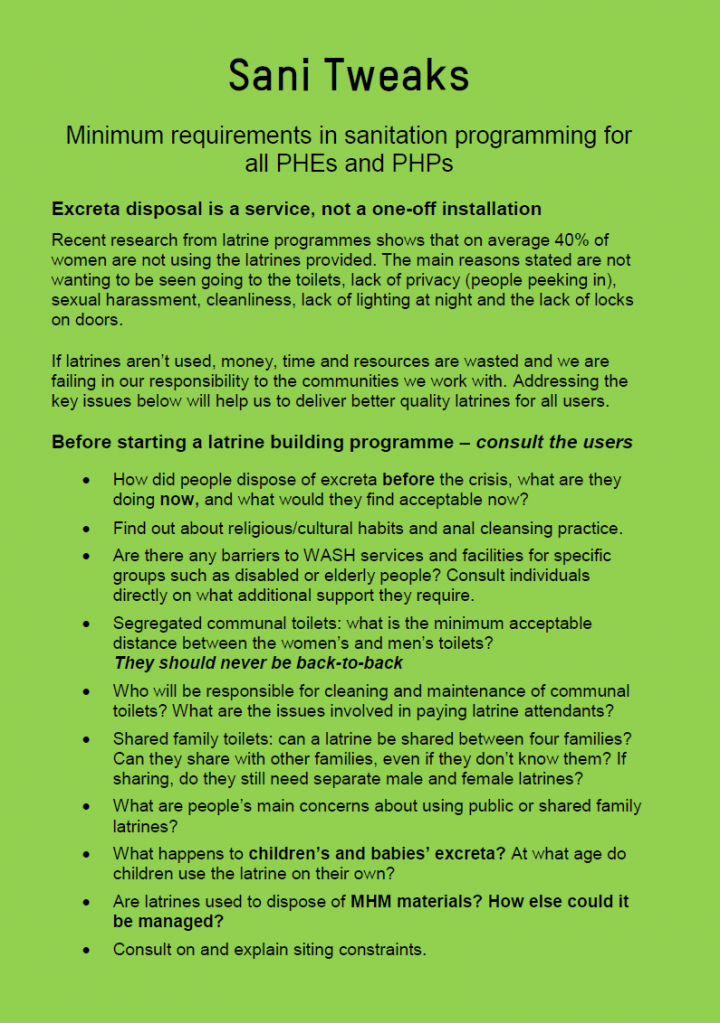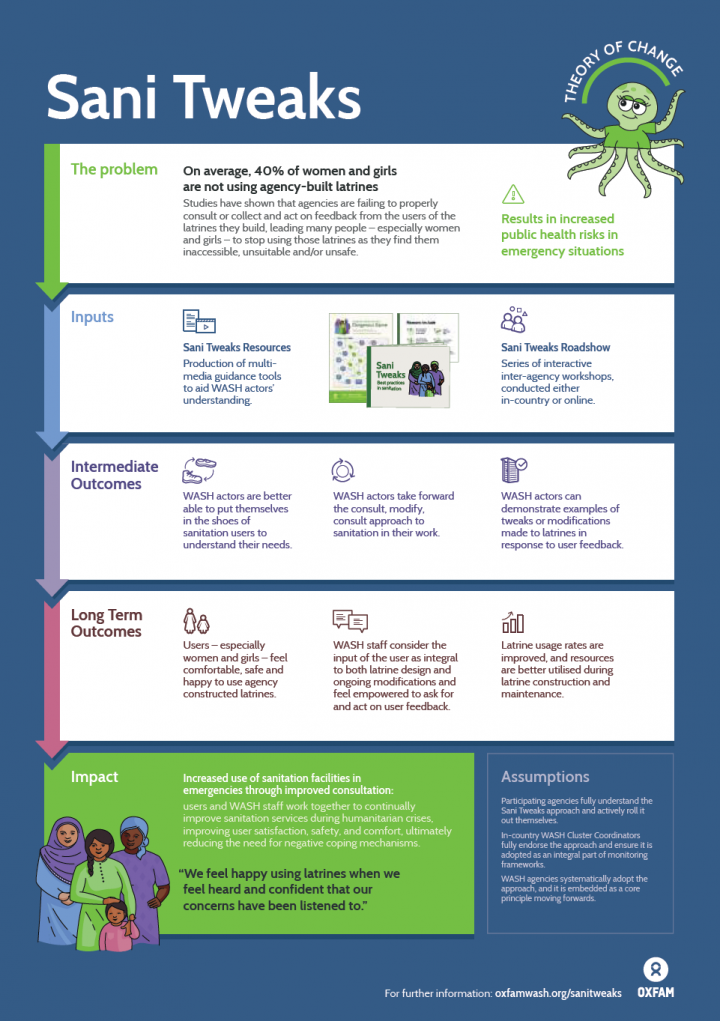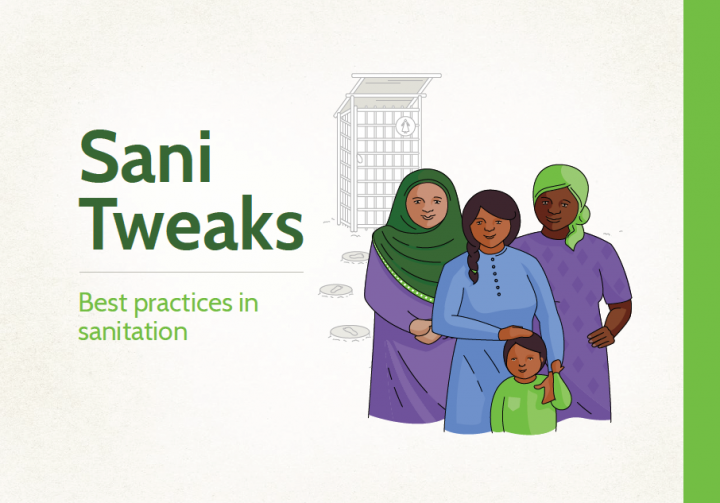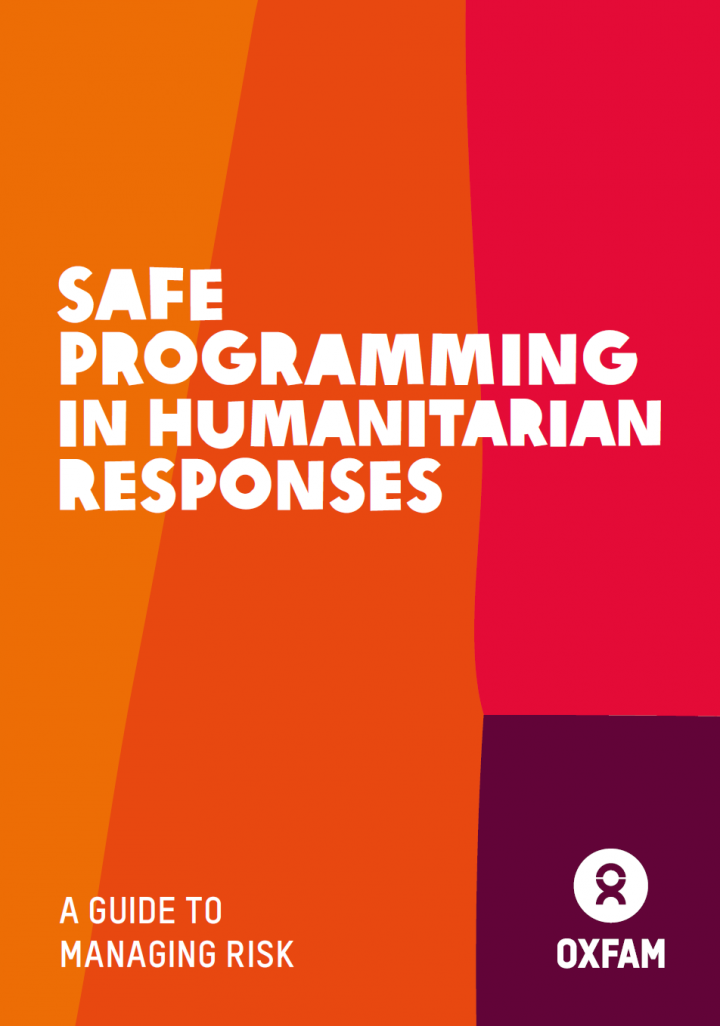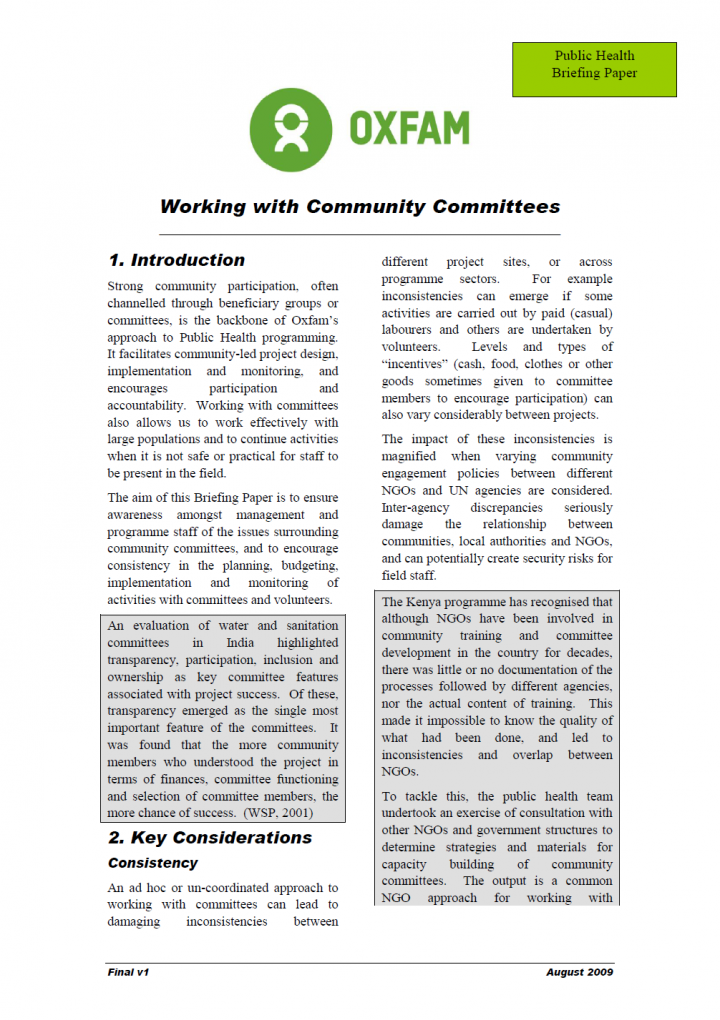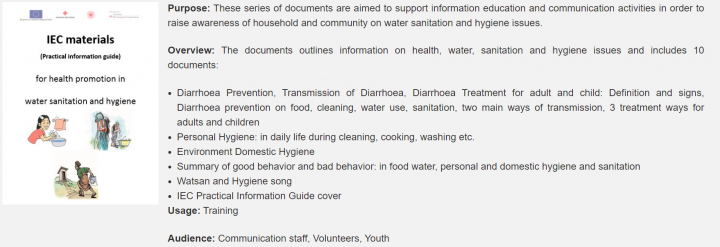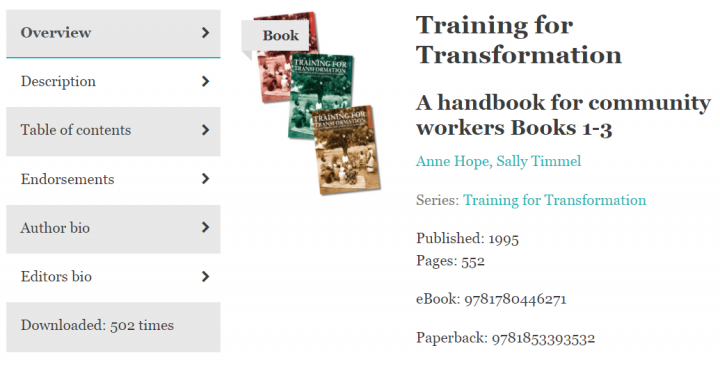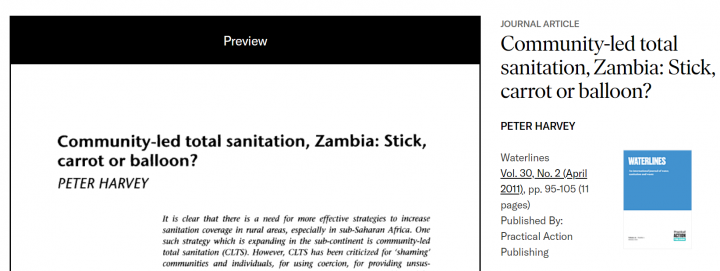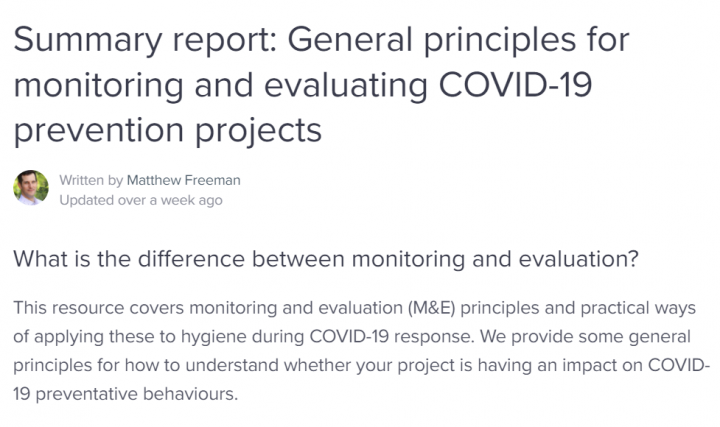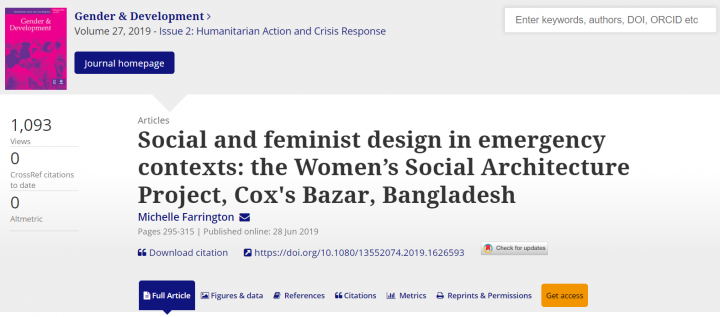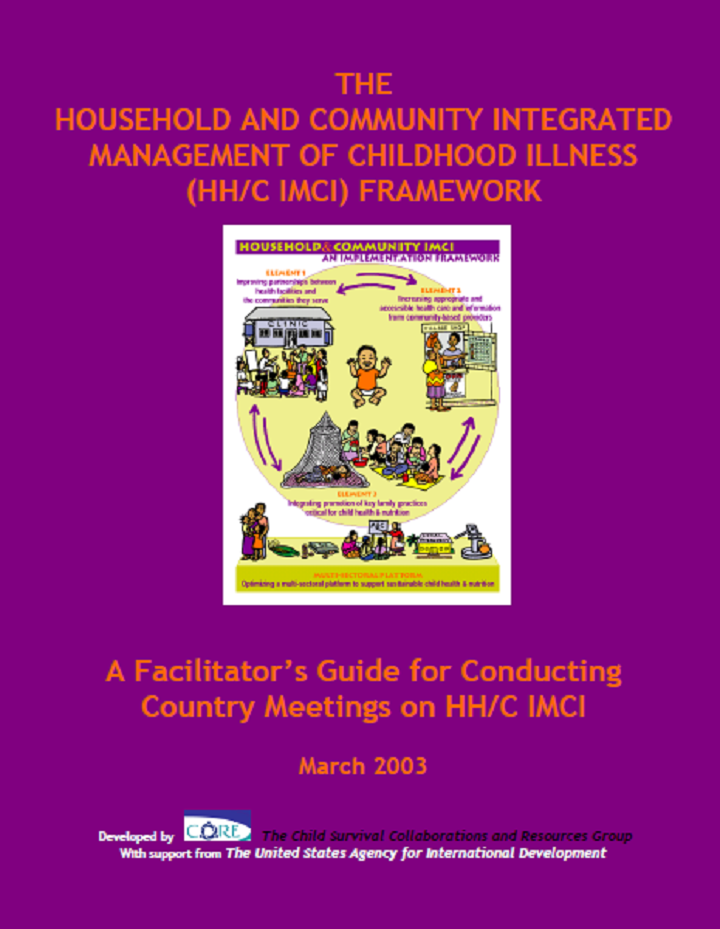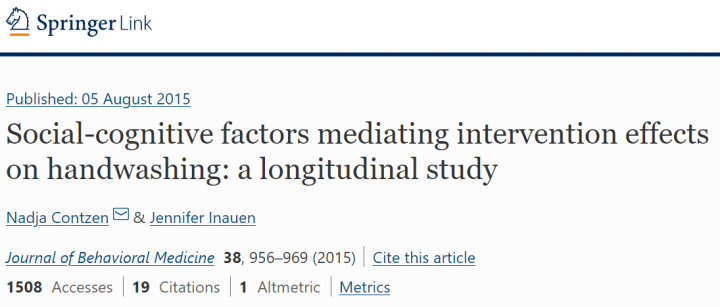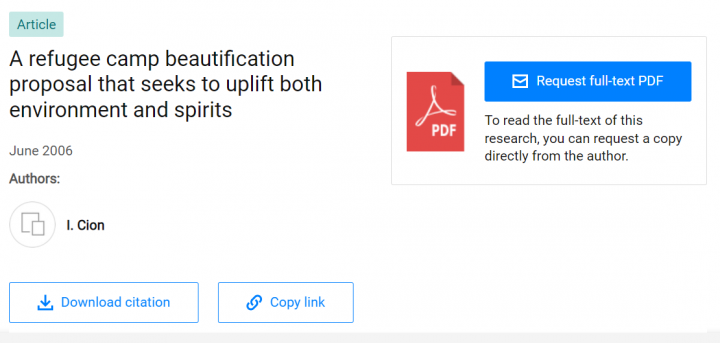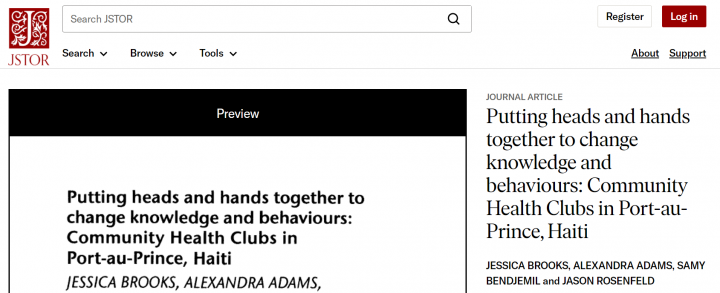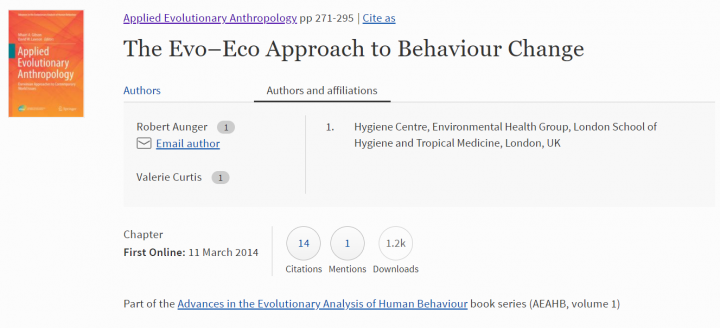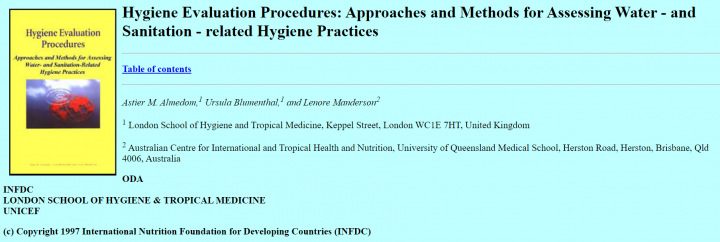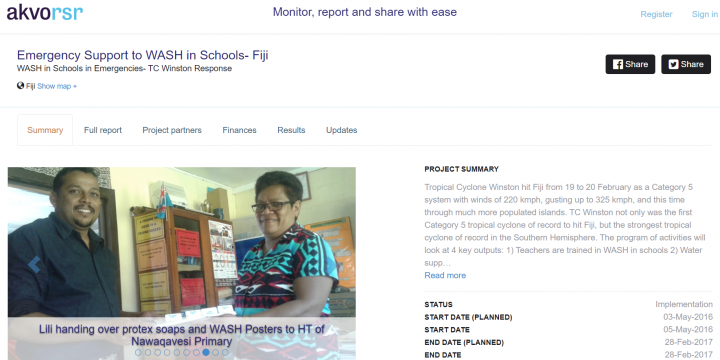Searching for information on Sanitation Workers?
The Sanitation Workers Knowledge + Learning Hub is the best source for all current news, trends, articles and updates on sanitation workers rights around the world.
This Conceptual Framework for Social and Behaviour Change Programming gathers in one place a wide variety of theories and presents the Behavioural Drivers Model which informs a set of research and programming tools recently developed and used by UNICEF, including Everybody wants to belong: Practical guide to tackling and leveraging social norms in behavior change programming and Measuring Social …
Studies have shown that agencies are failing to properly consult or collect and act on feedback from the users of the latrines they build, leading many people – especially women and girls – to stop using those latrines as they find them inaccessible, unsuitable and/or unsafe. Consequently, this increases public health risks in emergency situations.
To address this, the Oxfam WASH team has …
All Oxfam humanitarian responses must include proactive measures to ensure we do not inadvertently cause harm to people, nor undermine the values, standards and norms that underpin our work. Humanitarian work takes place in high-risk environments. Actively managing actual and potential risks enables us to do this work more effectively and safely. Managing risks systematically helps us monitor …
Strong community participation, often channelled through beneficiary groups or committees, is the backbone of Oxfam‟s approach to Public Health programming. It facilitates community-led project design, implementation and monitoring, and encourages participation and accountability. Working with committees also allows us to work effectively with large populations and to continue activities when …
A participatory video by youth from the community of Tumbit Melayu feedback on the water, sanitation and hygiene promotion (WASH) project implemented by the Indonesian Red Cross Society (Palang Merah Indonesia-PMI) with the support of IFRC in the district of Berau, East Kalimantan province.
The documents outlines information on health, water, sanitation and hygiene issues and includes 10 documents:
Diarrhoea Prevention, Transmission of Diarrhoea, Diarrhoea Treatment for adult and child: Definition and signs, Diarrhoea prevention on food, cleaning, water use, sanitation, two main ways of transmission, 3 treatment ways for adults and children
Personal Hygiene: in daily life during …
Three volumes designed to assist workers in the field who are encouraging the development of self-reliant creative communities. The book has as its basic philosophy the belief that we should all participate in making this world a more just place to live in. Training for Transformation integrates the approach of Paulo Freire and how to put his method into practice, Manfred Max Neef's understanding …
It is clear that there is a need for more effective strategies to increase sanitation coverage in rural areas, especially in sub-Saharan Africa. One such strategy which is expanding in the sub-continent is community-led total sanitation (CLTS). However, CLTS has been criticized for 'shaming' communities.
The rapid influx of Rohingya refugees into Cox's Bazar, Bangladesh, has led to the formation of huge camps, built on difficult terrain, short of space and with high population density. All these factors present numerous challenges to agencies seeking to provide latrines, water points, and bathing facilities. Feedback gathered from women and girls highlighted significant challenges around access, …
A Positive Deviance/Hearth Nutrition Program (PD/Hearth) is a home- and neighborhood-based nutrition program for children who are at risk for protein-energy malnutrition in developing countries. The program uses the “positive deviance” approach to identify those behaviors practiced by the mothers or caretakers of well-nourished children from low-resource families and to transfer such positive …
Handwashing with soap effectively prevents diarrhoea, a leading cause of death in infants. Theory-based interventions are expected to promote handwashing more successfully than standard approaches. The present article investigates the underlying change processes of theory-based handwashing interventions. A nonrandomised field study compared a standard approach to two theory-based interventions …
A Refugee Camp Beautification project is proposed as a way to uplift both environment and to bring a positive identity to the refugees. A key component of the project is to maximize the sense of ownership and wellbeing. Two radical tools make this type of work possible: digital photography and large format printing onto high quality, durable, light-weight architectural fabrics. Regardless of the …
Although interventions that emphasize the role of knowledge in invoking behaviour change have recently become unpopular, the Community Health Club (CHC) model has demonstrated how group knowledge, consensus building, and peer pressure can be applied to achieve hygiene behaviour change. To date, the model has predominantly been implemented in rural settings, with limited testing in urban …
This short guide to community engagement at a distance is designed to assist development and humanitarian agencies to think through how risk communication and community engagement (RCCE) activities related to COVID-19 can be carried out without face-to-face interaction with communities. It is intended for communities in Bangladesh and was produced by BBC Media Action on behalf of Shongjog …
We introduce a new approach to behaviour change called ‘Evo–Eco’ because of its intellectual roots in evolutionary biology and ecological psychology. This approach is based on the inference that brains evolved to provide adaptive behavioural responses to rapidly changing or complex environmental conditions. From this foundation, we develop a model with three basic components: the …
The handbook provides practical guidelines for evaluation water- and sanitation-related hygiene practices. An evaluation of hygiene practices can be used for the purposes of project planning, monitoring, or final assessment of the project’s impact. The main focus is on the practical concerns of field personnel working in water supply, sanitation, and health/hygiene education projects who want …
Tropical Cyclone Winston hit Fiji from 19 to 20 February as a Category 5 system with winds of 220 kmph, gusting up to 325 kmph, and this time through much more populated islands. TC Winston not only was the first Category 5 tropical cyclone of record to hit Fiji, but the strongest tropical cyclone of record in the Southern Hemisphere. The program of activities will look at 4 key outputs: 1) …

